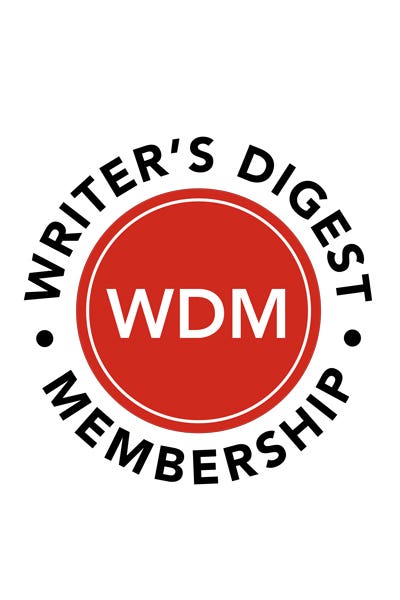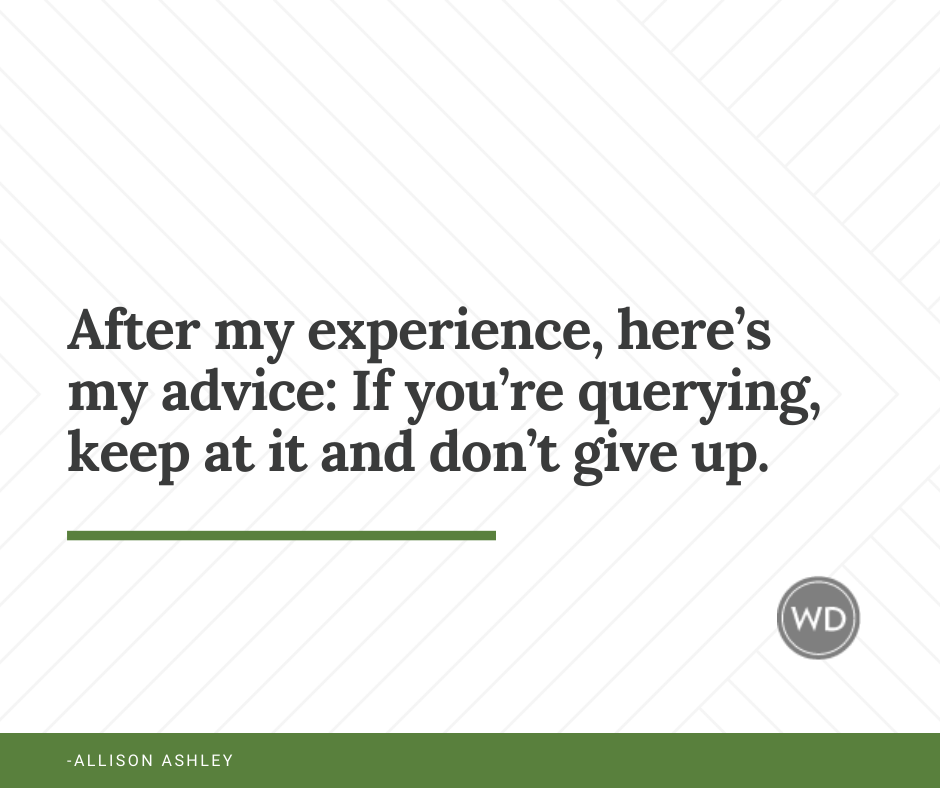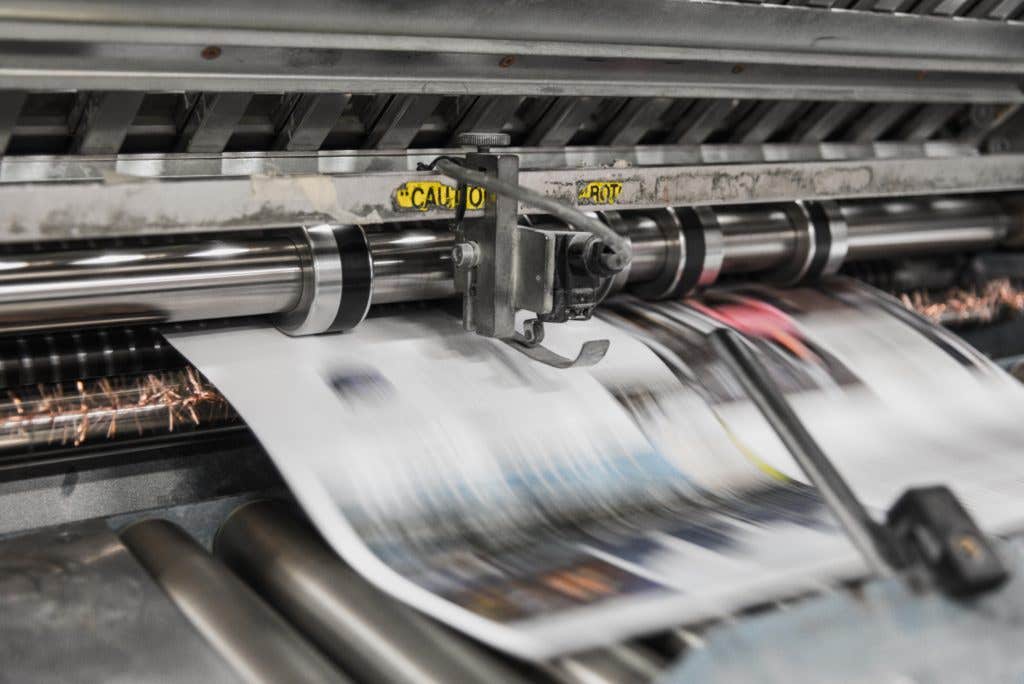An Insider’s Look at Self-Publishing
One day soon, the difference between getting a deal and going it alone may not be as drastic as you think. by Joe Wikert
For someone who comes from the traditional publishing arena, I’d be the first to admit that the self-publishing world is intriguing. There’s a lot to like about how the self-publishing model works, that it enables more content to reach more customers and that it offers a great deal of flexibility along the way.
Self-publishing is all about community. New authors now see their ideas converted into books to reach audiences big or small. More important, though, the decision about whether or not a concept becomes a book isn’t made by a bunch of editors and marketers around a table.
Just as with any open-market model, the weak ideas won’t sell, but the great ones can become enormous hits—hits that often would have simply died on the vine without the self-publishing option.
The self-publishing world has generally been ignored by the traditional publishing industry, but that’s starting to change. Success stories like The Shack, while still somewhat rare, have caused conventional publishers to realize the old model is far from perfect. Some are being proactive. Take HarperCollins and its new Authonomy site (authonomy.com), for example. Its mission is to “flush out the brightest, freshest new writing talent around.” It’s a community site for authors (as well as publishers and agents) where content can be shared and critiqued. If you’re willing to upload a 10,000-word sample of your work, you can join in. Best of all, it’s totally free and a great way to start building a platform.
An author platform refers to the writer’s reach and includes websites, blogs, speaking engagements, mailing lists and any other ways the author communicates with potential book buyers. The bigger the platform, the greater the likelihood a traditional publisher will be interested in the author’s project, because these publishers want to know how that platform can be used to sell books.
Wait a minute. Isn’t it up to the publisher to sell the books? That used to be the case, but these days, traditional publishers are finding that author platforms move books better than old-fashioned ads and other publisher-driven promotional vehicles. If you opt for self-publishing, all your sales and marketing efforts probably hinge on your platform. Your book’s success will depend on your ability to hand-sell as many copies as possible. Given that the vast majority of traditionally published books now benefit from very limited marketing/public relations efforts (e.g., visibility on a publisher’s catalog and website), the gap between self-publishing and traditional publishing is tightening. In other words, your author platform is equally effective (and vitally important) in either model.
Distribution remains a challenge for self-publishers, though, particularly in bookstores. But this, too, may change before long, thanks to rapidly improving print-on-demand capabilities. (For one example, check out the Espresso Book Machine on the opposite page.)
Because of the number of players and the interest level most have in trying new methods, I think we’ll see a variety of hybrid publishing models in the future. It wouldn’t surprise me if one or more traditional publishers were to partner openly with self-publishing companies, perhaps even using them as a way to extend the traditional brands in new directions. It also makes sense for self-publishers to look for opportunities to work closer with traditional publishers, particularly since we’re all going after the same audience.
Not long ago, authors were faced with extremely limited options. If you couldn’t get a traditional publisher excited about your work, you were out of luck. Boy, am I glad those days are over—and I say that as both a book lover and a book publisher.
This article appeared in the March/April issue of Writer's Digest. Click here to order your copy in print. If you prefer a digital download of the issue, click here.









